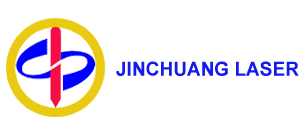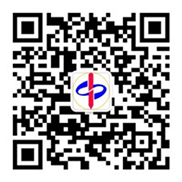The foundation of brand is trademark and the foundation of technology is patent
Intellectual intangible assets refer to the intangible assets formed by the achievements of human intellectual inventions under certain conditions. It mainly includes patent right, exclusive right, trademark right, copyright, computer software and other intangible assets. Modern enterprise theory holds that enterprise is a special contract between human capital and non-human capital. As an intangible asset, human capital is not reflected in accounting valuation, but it is an indispensable resource for business activities. Practice has repeatedly proved that intangible assets promote the development of enterprises, and the gap between market value and book value of intangible assets is growing.
The enterprise value is determined by the income formed by the enterprise assets. The more intangible assets, the higher the income, the greater the enterprise value. The intangible assets of an enterprise can be divided into two parts: one is the identifiable intangible assets that can exist and transfer independently, such as trademark right, patent right, non patent technology, etc.; the other part cannot exist and transfer independently, which is attached to the unascertained intangible assets existing in the enterprise itself, namely goodwill.
Over the years, Jinchuang company has been adhering to the principle of "winning the market with leading technology and rewarding users with high-quality service". Enterprises use their own strong R & D strength to develop new products, overcome technical problems, and obtain a number of patented and non patented technologies. On the other hand, to provide customers with high-quality service, especially after-sales service of enterprises, is well-known in the market and obtains good reputation.




